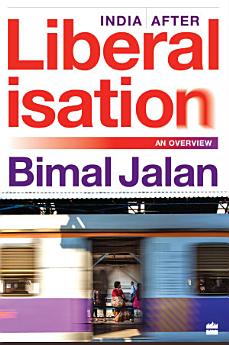India After Liberalisation: An Overview
ກ່ຽວກັບປຶ້ມ e-book ນີ້
In India after Liberalisation, Bimal Jalan offers a wide-angle view of how liberalisation has shaped up over the intervening decades. What emerges is the story of a country best placed to catch the tide to high growth and a system that, time after time, fails to live up to the challenge of decision making.
For any student of economic history or policymaker or participant, who wants to understand why we are where we are, this is a timely, telling and essential guide.
ກ່ຽວກັບຜູ້ຂຽນ
Dr Bimal Jalan is former Governor, Reserve Bank of India. He has held several positions in the government,including those of finance secretary and chairman of the Economic Advisory Council to the Prime Minister. He has represented India on the boards of the International Monetary Fund and the World Bank.





